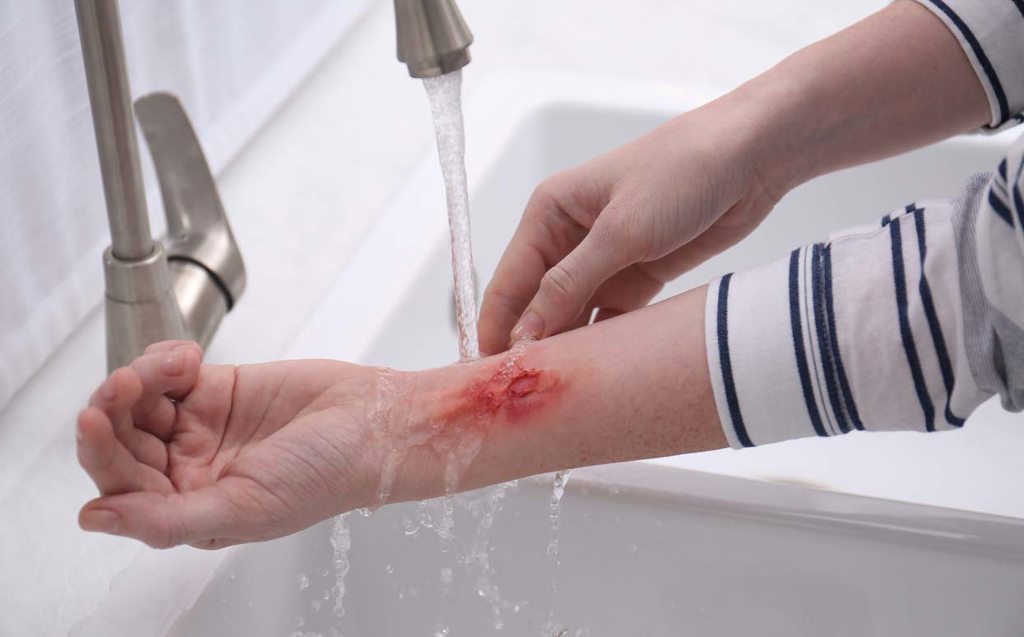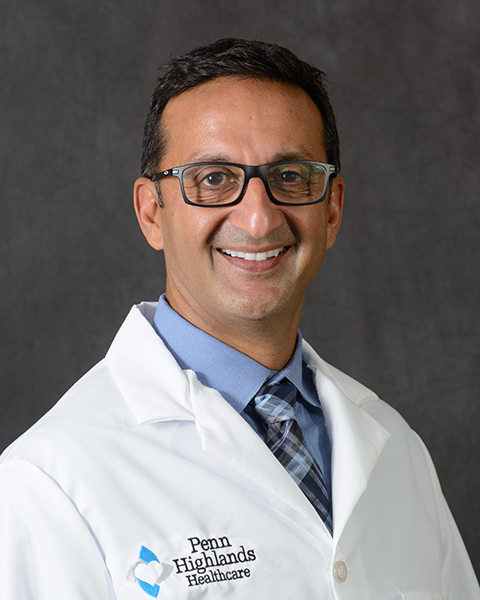How to Treat Minor Burns, and When to Seek Emergency Care

Nearly half a million Americans seek medical care for burns each year. Burns are tissue damage caused by heat, chemicals, electricity radiation or the sun. Smoking and open flames are the leading causes of burn injuries for adults, while scalding is the leading cause of burn injuries for children.
Classifications of burns
Burns are classified as first-, second-, third- and fourth-degree based on the severity. You may not be able to tell how severe the burn is right away. Often, it can take a day or two for the burn to progress before you can classify it. If you are unsure how serious the burn is, see your doctor.
First-degree burns are superficial and only affect the outer layer of skin (epidermis). The burn site may be red, painful and dry. First-degree burns do not have blisters, and long-term tissue damage is rare.
Second-degree burns affect the epidermis, and the burn site will often look red and blistered, and it may be swollen and painful.
Third-degree burns destroy both the epidermis and the layer underneath (dermis), and they may penetrate the innermost layer (subcutaneous tissue). The burn site may appear white or blackened.
Fourth-degree burns go all the way through to deeper tissue, possibly muscle and bone. Since the nerve endings are destroyed, there will be no sensation in the area.
How to treat minor burns
First- and second-degree burns are considered minor burns and can often be treated at home. Start by removing rings or other tight items from the burn site before the area swells. Then, cool the burn by running cool, not cold, water over it for 10 minutes. If the burn is on the face, apply a cool, wet cloth until the pain eases. After the burn is cooled, apply lotion or aloe vera to prevent drying. Cover the burn with a clean bandage and wrap it loosely.
For a mouth burn from hot food or drink, put a piece of ice in the mouth for a few minutes.
“Do not break blisters, which help protect against infection,” said Sundeep Ekbote, MD, FAAEM, a board-certified emergency medicine physician and Regional Chief Medical Officer for the southwestern region and Director of Emergency Medicine at Penn Highlands Mon Valley. “If a blister breaks, gently clean the area with water and apply an antibiotic ointment. If needed, take a nonprescription pain reliever, such as ibuprofen or Tylenol.”
When to seek emergency care
Third- and fourth-degree burns are major burns and need immediate medical attention. If you experience any of the following symptoms, call 911 or visit the nearest emergency room:
- Deep burn involving all layers of the skin
- Dry and leathery skin
- Charred skin or patches of white, brown or black
- Burns larger than three inches
- Burns that cover the hands, feet, face, groin, buttocks, arm, leg or a major joint
- Smoke inhalation
- Rapid swelling
“Electrical burns and major chemical burns also need emergency medical care,” said Dr. Ekbote. “A minor burn might need emergency care if it affects the eyes, mouth, hands or genital areas, and the very young and elderly people may need emergency care for minor burns as well.”
Penn Highlands Healthcare provides emergency care throughout Pennsylvania. Highly skilled emergency physicians, providers, nurses and staff provide 24-hour urgent care for all medical emergencies, 365 days a year. If you think your condition requires immediate treatment, call 911 or go to the nearest emergency room. To learn more, visit www.phhealthcare.org/ED.

